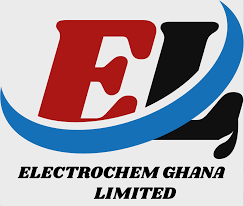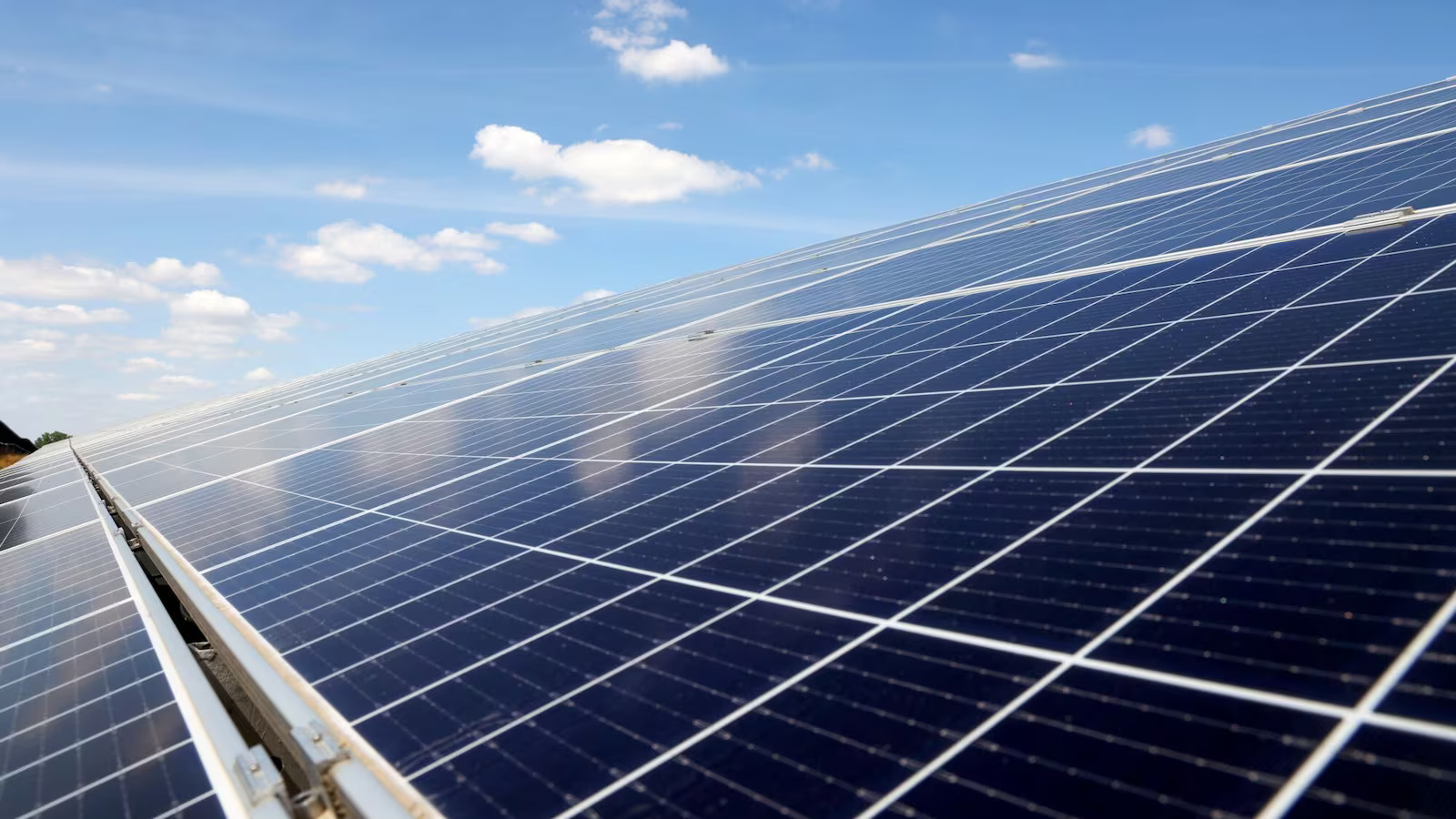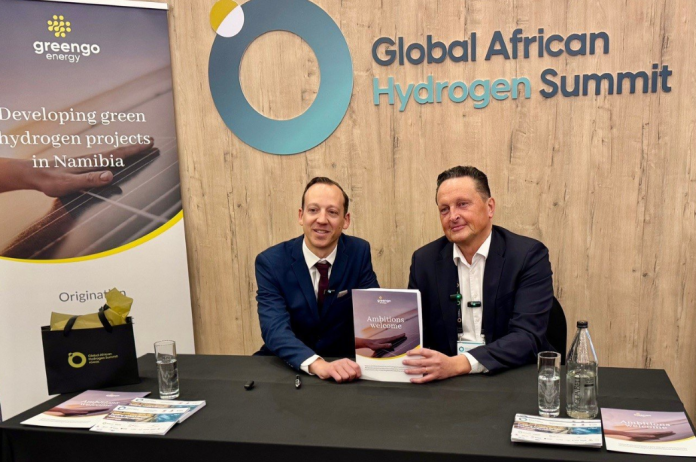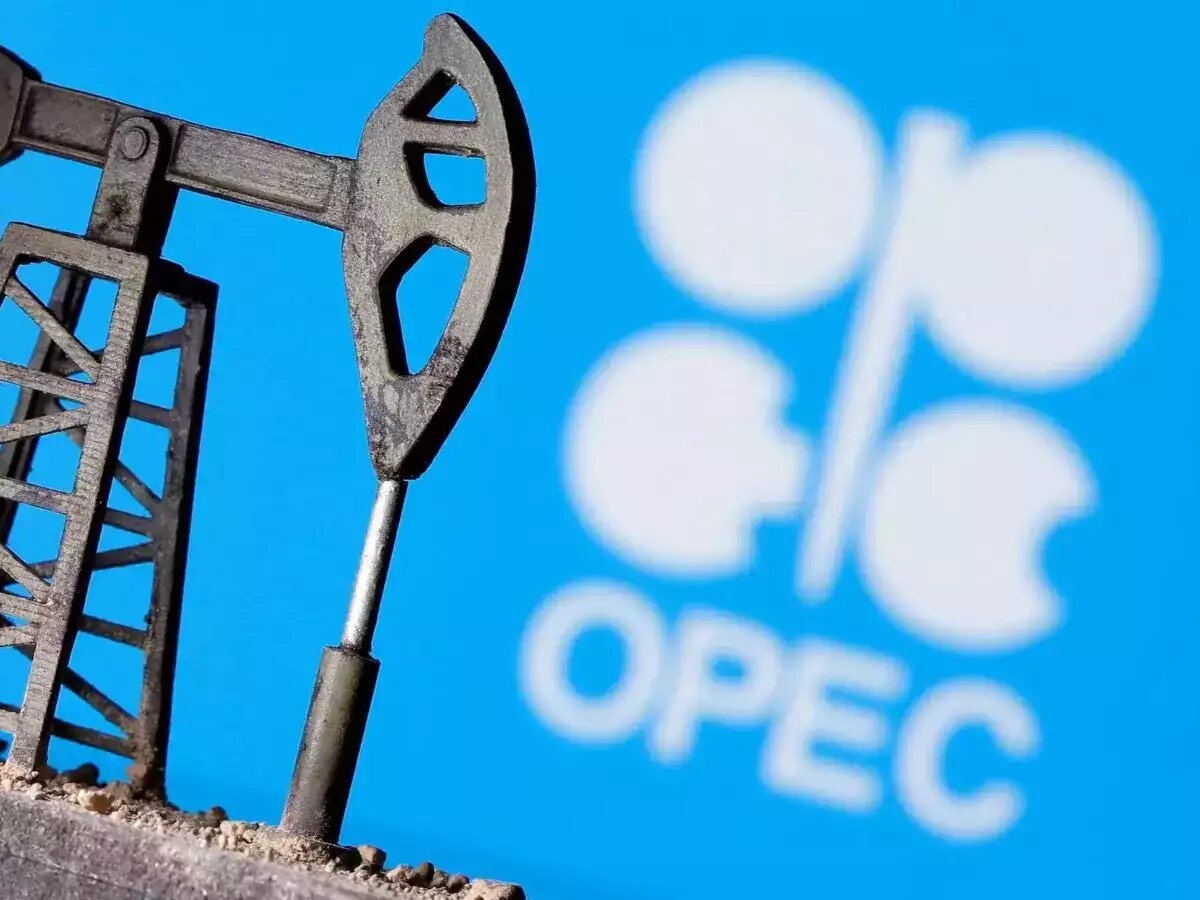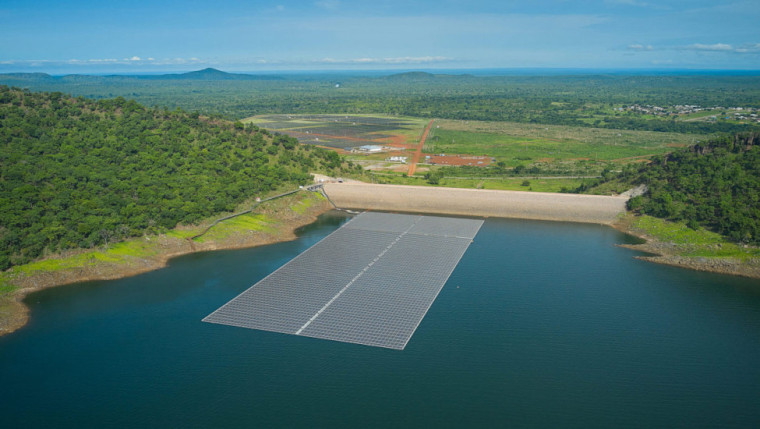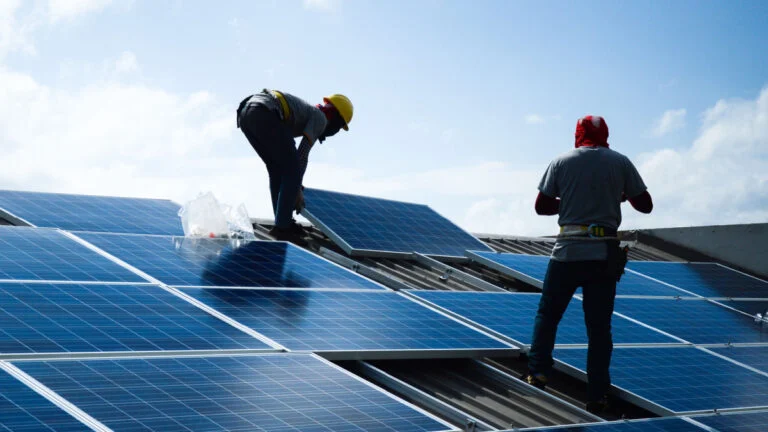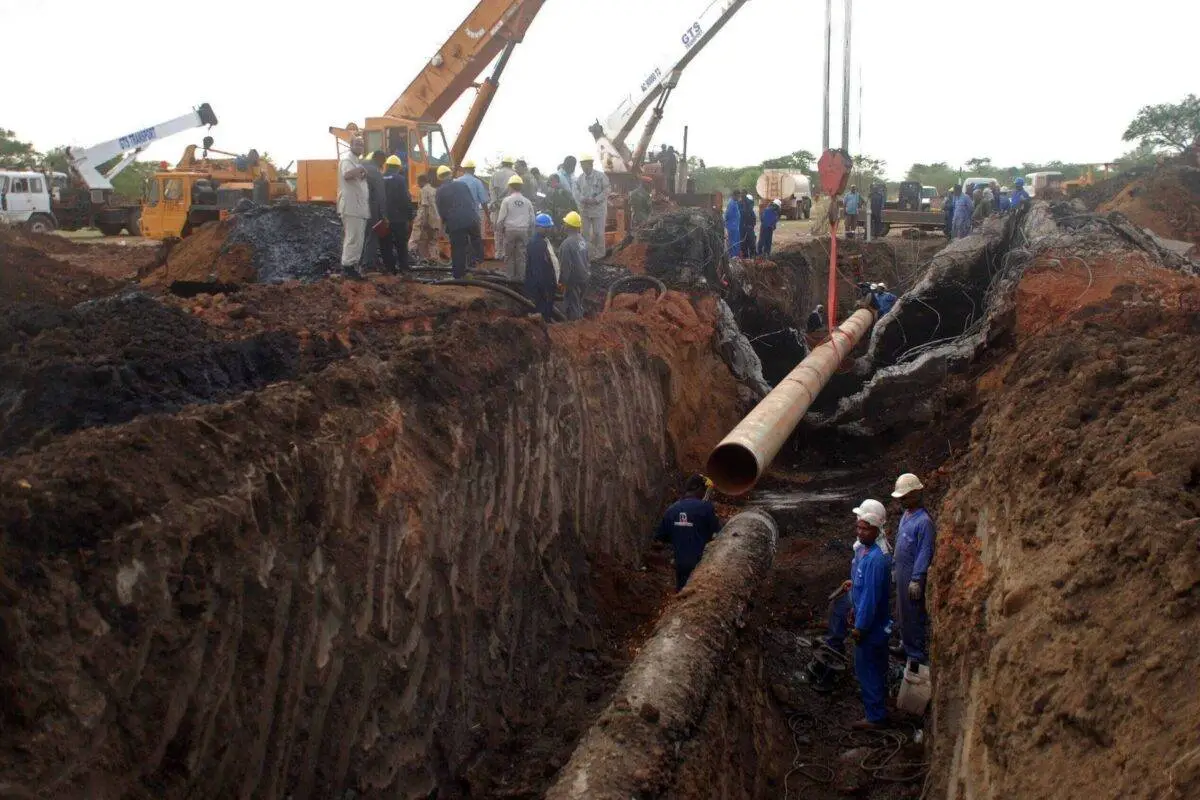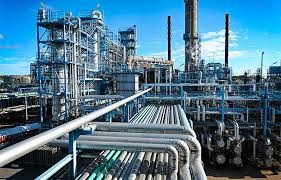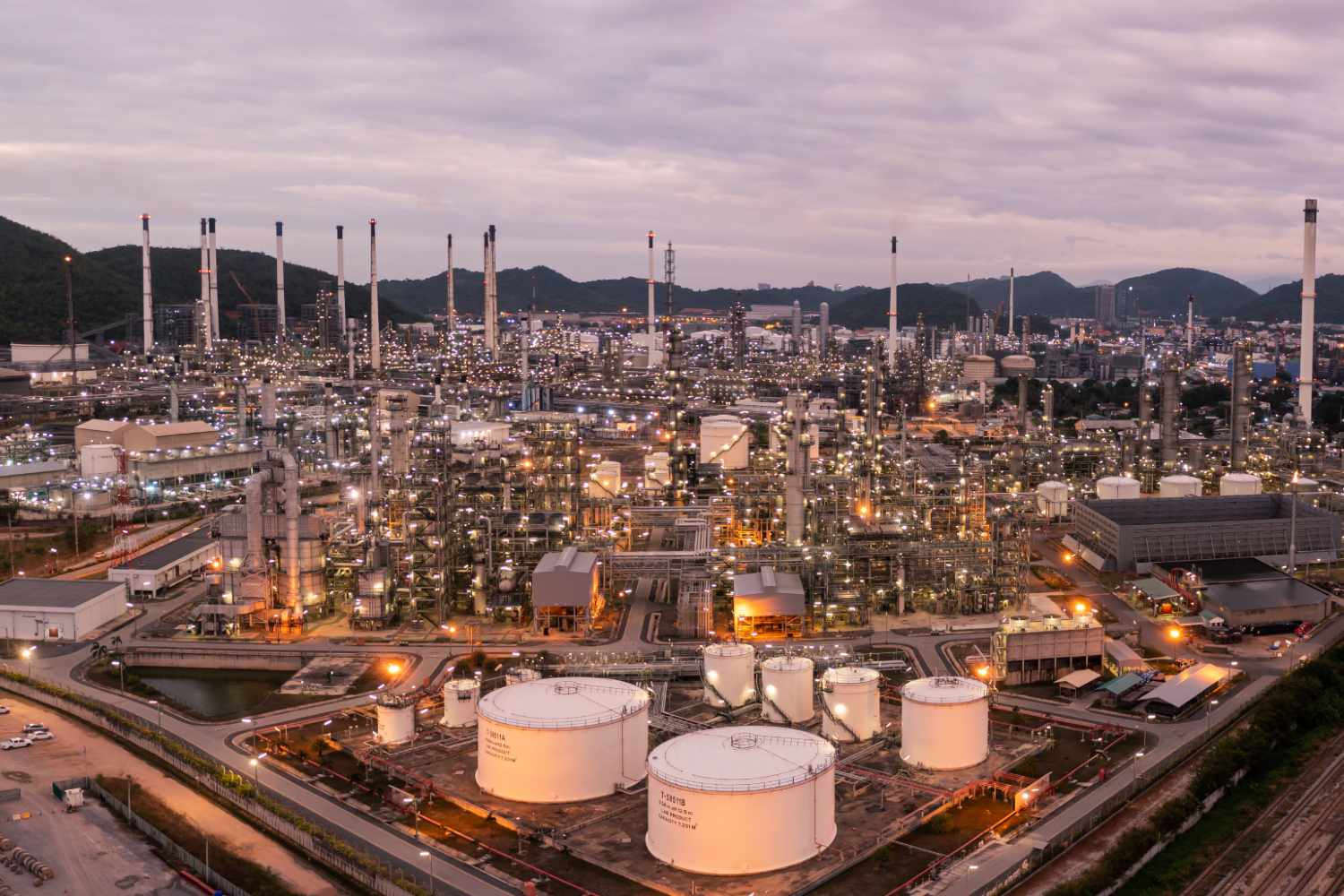Generation

Offshore Oil Revival Anchors Libya’s Ambition to Regain Market Share
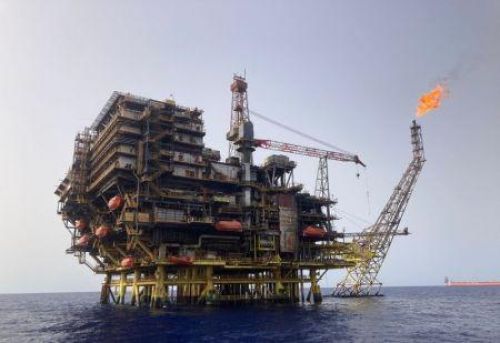
Libya is charting a new course in its energy strategy, breathing fresh life into offshore oil exploration after years of relative neglect. On Wednesday, June 25, the North African nation solidified this shift by signing a memorandum of understanding (MoU) with Turkish state oil company TPAO. The agreement paves the way for extensive geological and geophysical surveys off Libya's Mediterranean coast.
This agreement covers four offshore blocks, where teams will collect, analyze, and interpret 10,000 kilometers of 2D seismic data. The initiative marks a significant renewed focus on upstream activity, as Libya aggressively seeks to attract foreign investment and substantially boost its national oil production.
The push began in mid-April 2025, when Libya's National Oil Corporation (NOC) launched a global roadshow in Istanbul. As part of this campaign, the NOC presented 22 blocks, 11 of them offshore, to potential investors, setting the stage for a future licensing round.
In parallel, Libyan authorities have overhauled their contractual framework. They are replacing the older EPSA IV model with more investor-friendly production sharing agreements (PSAs). These reforms underpin a broader national strategy to elevate crude output to 2 million barrels per day (b/d) from its current 1.4 million b/d, according to NOC data.
Libya currently operates one offshore field, Bouri, situated 120 km off the coast and jointly run by Eni and NOC. Bouri's production, around 60,000 b/d, remains modest compared to Libya's major onshore fields such as El Sharara or Waha. The current pivot toward offshore development, therefore, builds on existing, yet historically limited, infrastructure.
The success of this offshore drive hinges on several factors: favorable outcomes from the seismic studies, a secure operational environment within the country, and Libya's consistent ability to provide stability for investors. The NOC anticipates completing its analysis within six to nine months before any exploratory drilling phase is considered.



